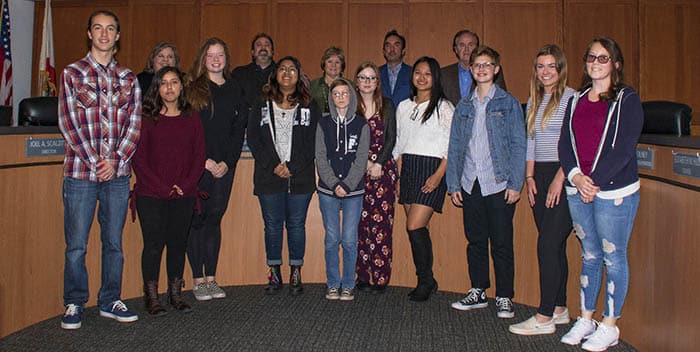California Heat Waves Could Be Predicted 2 Weeks In Advance, New UC Davis Research Shows
Want to know when the next hot spell is coming? It might help to look at the weather forecasts — a few thousand miles away. Summer heat waves in California’s Central Valley are almost always preceded by heavy rainfall over the tropical Indian and Pacific oceans, scientists at UC Davis and in South Korea determined in a recently published research effort. Researchers identified 24 heat waves that took place in California’s Central Valley during summer months from 1979 to 2010, and compared those heat waves to a weather pattern called the Madden-Julian Oscillation (MJO) that brings heavy rain to the tropical Indian and Pacific oceans.














